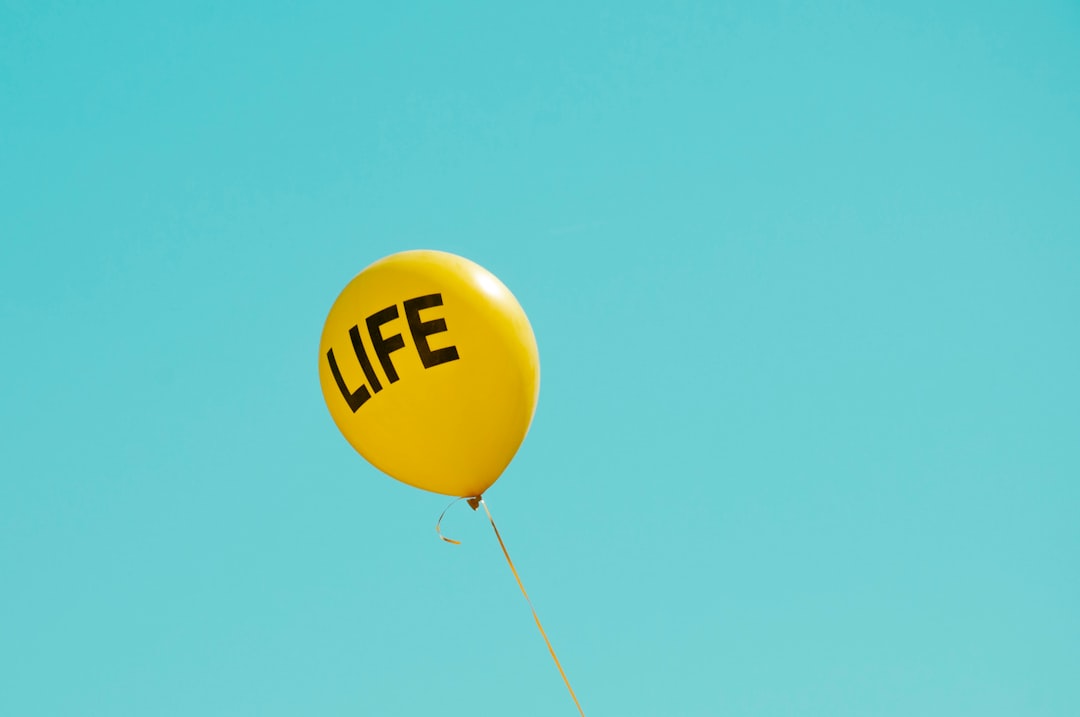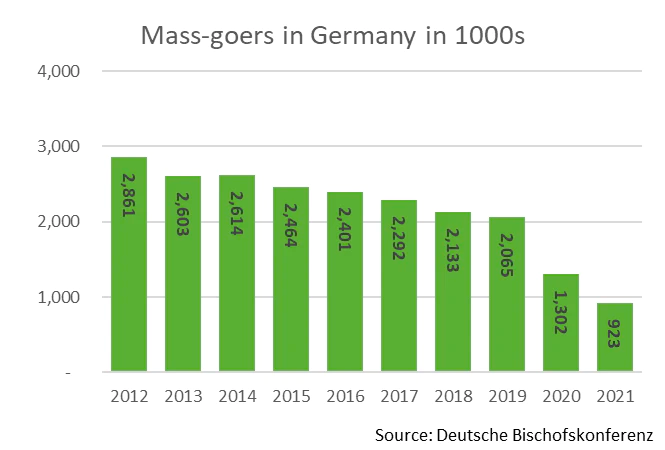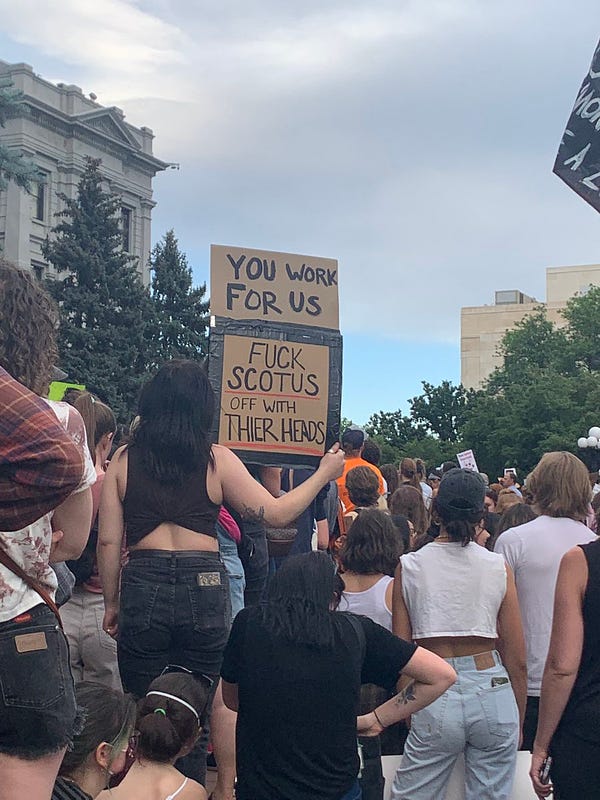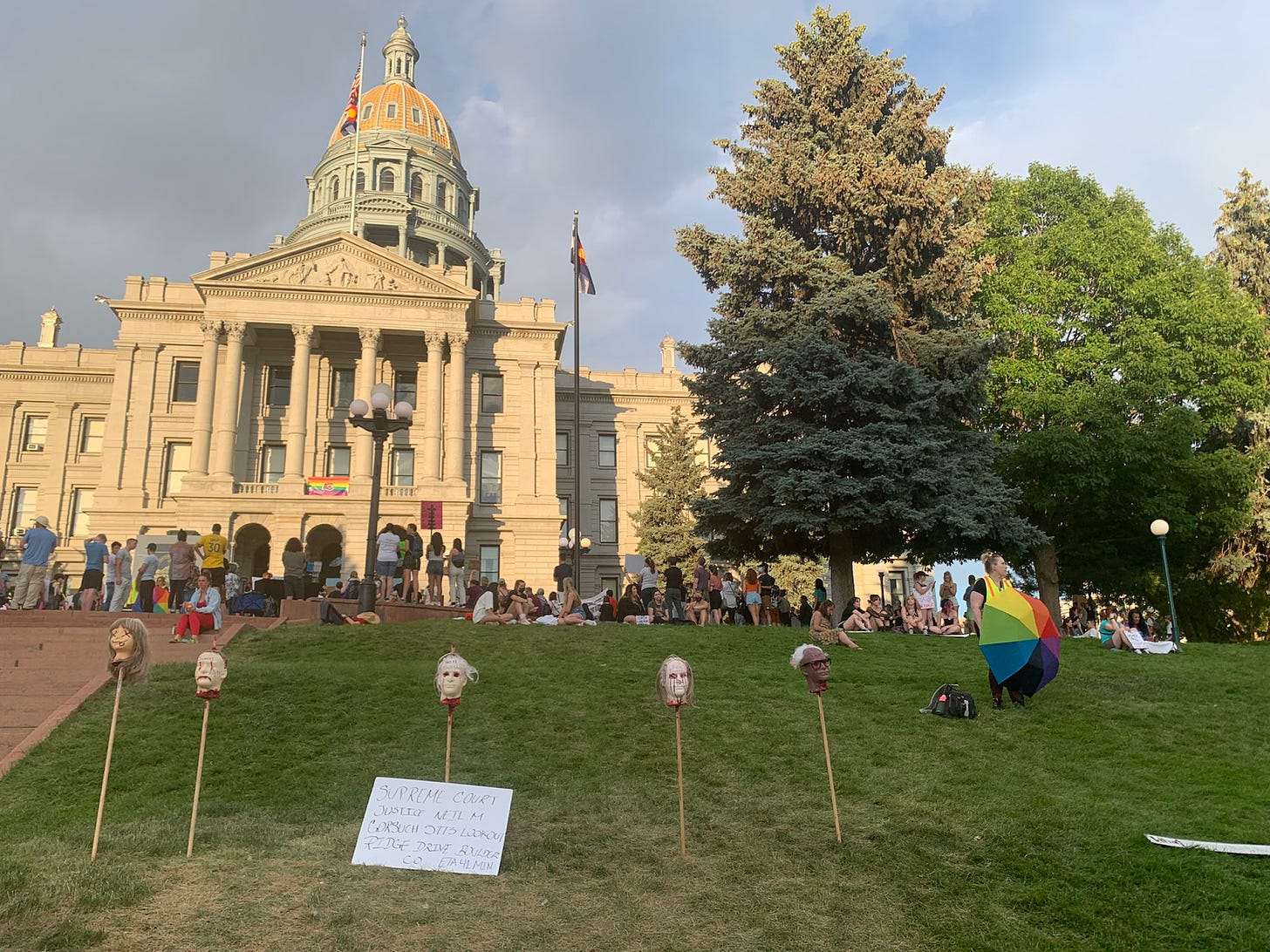
Hey everybody,
Roe v. Wade is still overturned, and this is the Tuesday Pillar Post.

Many of you have heard for your entire lives that Roe v. Wade would be eventually overturned. If you’re anything like me, you didn’t believe it — there were too many things that seemed to work against a monumental shift in the American approach to the deeply contentious issue of abortion.
Even in the weeks after a draft decision was leaked, the prospect that Roe would really be struck down seemed just incredible. The odds were too great.
And yet, here we are.
The decision is a long-awaited milestone for the pro-life movement, after decades of effort to legally prohibit the barbarism of abortion.
It’s no overstatement: Dobbs v. Jackson has begun a new chapter in American political life.
What comes next, politically and culturally? I don’t know. Neither do you. Dobbs does not make abortion illegal across the United States; it localizes the issue to state legislatures — and eventually, to state judiciaries.
Twenty states are unlikely to prohibit or strictly regulate abortion, and almost as many with strict bans set to go in place. That leaves a handful of states where there will be fierce fights over the issue. And, eventually, state laws on abortion - for or against - will face challenges in state courts, with advocates looking to see how judges might interpret state constitutions.
Meanwhile, abortion advocates are becoming less reserved about being just that — not pro-choice, but calling themselves explicitly “pro-abortion.”
At the same time, the political coalitions that brought the U.S. most of the way to this moment have seemed already to be in their last gasps, and there is really no clear picture of what will emerge from a lot of disagreement as the future of American political “conservatism,” or how that will impact state-by-state pro-life lawmaking.
And, of course, there is a tension in America between the phenomenons of polarized partisanship, on the one hand, and widespread institutional disaffiliation, one the other. And our runaway inflation heightens awareness of economic disparities in America, to say nothing of the vexing problem of access to affordable healthcare, etc etc etc.
It also seems likely that in the next few weeks - as churches and crisis pregnancy centers have already been burned since the Dobbs decision - some incident in some city will become a flashpoint for ugly conflict over abortion.
In the long term, it will be fascinating to watch as state supreme courts take up state laws prohibiting abortion — SCOTUS didn’t only send abortion to state legislatures, it implicitly sent state laws to the review of state courts, such that we could be gearing up for state-constitution based Roe v. Wade cases in many of the states prohibiting or restricting abortion — with all the politicking that goes into planning the judicial review of highly contentions issues. The lawyers will have their work cut out for them.
The Church has a role to play in all of that. Catholics will no doubt disagree among ourselves about our role in public and political life going forward. There is a lot to watch, and discuss, and analyze, going forward.
But with all of that said, it seems to me that for the moment, it suffices - and is just - for Catholic Americans to take a moment to offer to the Lord the Te deum, a hymn of praise and thanksgiving.
Last week’s decision will save the actual lives of human beings, created in the image and likeness of God, our creator. That’s worth praising God for, even as the next few weeks and months in America portend real difficulty.
You are God: we praise you;
You are God: we acclaim you;
You are the eternal Father:
All creation worships you.
To you all angels, all the powers of heaven,
Cherubim and Seraphim, sing in endless praise:
Holy, holy, holy, Lord, God of power and might,
Heaven and earth are full of your glory.
And if you’re going to sing the Te deum, it really ought to be Mozart’s composition. It’s delightful.
Most of the news we’ve published in the past few days has been about the Supreme Court’s decision, of course, and here it is:
The news
On Friday, soon after Dobbs v. Jackson was released, we published an interview with Notre Dame law professor Carter Snead about what the decision means, and what it doesn’t. If you haven’t read it yet, start here - Snead has a lot to say worth thinking about.
—
There was concern as the decision was released that it might lead to acts of vandalism or desecration of Catholic churches and other pro-life spaces across the country. In fact, not much of that has happened. But there have been some: A historic church in West Virginia burned to the ground under apparent arson, there was an attempted arson at a parish in Virginia, a crisis pregnancy center in Colorado went up in flames, another in Virginia was vandalized.
Still - when Dobbs was issued, parishes and churches wanted to be prepared for what might be coming.
We talked with diocesan officials and cathedral rectors in several cities about the kinds of security precautions they put in place as Roe v. Wade was overturned.
—
And if you want a round-up of what your bishop, and others, had to say about the historic decision, you can find our selection of episcopal statements and reactions right here.
Here’s a report I don’t want you to miss:
When the Supreme Court on Friday overturned 50 years of federal abortion protections, demonstrators for and against chanted and waved signs in the streets outside the Court building.
When Dobbs v. Jackson was announced, some people took to prayer, perhaps. Others had more prosaic responses: Talking heads on cable news began pontificating almost immediately, while pro and anti abortion lobbying groups blasted fundraising emails to their supporters
But more than 1,600 miles from Washington, D.C., on a dead-end street in north Denver, Clifton Powell and Floyd Jenkins stood patient and quiet, at the end of a driveway leading into the Planned Parenthood Park Hill Health Center, one of the largest abortion clinics in America.
It’s where Floyd and Clifton always stand on Friday mornings.
Floyd and Clifton are sidewalk counselors, who stand outside Planned Parenthood, sometimes in prayer, holding a sign that urges women to change their minds about prospective abortions — and, miraculously, they say women often change their minds.
They live in a state with the most permissive set of abortion laws in the country — abortion is legal in Colorado, where I live, up until the moment of birth. So Clifton and Floyd said they still be at the clinic five days a week, Dobbs or no Dobbs.
In other news
You might have read in recent months about ongoing persecution of Catholics in Nicaragua, where the regime of President Daniel Ortega has no love for the Catholic Church.
The bishop emphasizes that he’s not on a hunger strike for political purposes, but on a fast, for spiritual ones.
Edgar Beltrán, a correspondent for The Pillar in Latin America, reports on the Church’s spiritual response to serious persecution in Nicaragua.
—
We told you last week that adding journalist Luke Coppen to The Pillar’s roster would mean some excellent journalistic coverage of the life of the Church in the United Kingdom and Europe.
Luke started Monday, and has jumped out of the gate with some excellent coverage.
Read here about the ‘English Catholic paradox’ — how it happened that a county with 4 million baptized Catholics has three cardinals — three times as many as the Democratic Republic of the Congo, where around 35 million Catholics live.
Guys, read this.
—
Meanwhile, the German bishops’ conference announced this week that nearly 400,000 Germans formally disaffiliated themselves from Catholicism in 2021 — a huge increase from roughly 220,000 who did the same in 2020.
At the same time, the number of Mass-goers in Germany dropped below 1 million, for the first time in as long as anyone can remember.
—
Also, you might have missed it on Friday — what with other big news happening — but we were very proud and very excited to announce that longtime British Catholic journalist Luke Coppen has joined The Pillar’s team as our senior correspondent.
We’ve tasked Luke with providing serious, insightful, and important deep-dive coverage into the life of the Church in Europe — with some attention to how the European Church impacts things in Rome, and things on the U.S. side of the Atlantic.
He’ll also have some other cool projects in the works.
Very few people do the kind of careful, serious, engaging journalism Luke does — if you read his initial filings with us, I’m sure you’ll agree.
But we also explained on Friday that hiring Luke is a wager for us.
Growth, we mention a lot, is fueled by subscriptions. And we’ve had subscription growth in recent weeks - but this year has been slower than last year, and we’re a few hundred paying subscriptions below where we projected we’d be at this time of the year.
Still - we’ve heard from a lot of you that you’d like to see serious, smart, Pillar-style coverage of the UK, of Germany, of Eastern Europe, and beyond. Luke ticks those boxes.
So when he became available, we decided to bring him on board, in faith that the Lord would provide — through you.
If you’re one of those people urging The Pillar to grow our team — well, now we’re urging you to help us pay for it. Subscribe.
(I’ll stop bugging you about this for a while, I promise.)
—
Finally, 50 migrants were found dead yesterday in a tractor-trailer in San Antonio, Texas. The dead were migrants, being transported to the U.S. in a smuggling operation. There were also fewer than 20 survivors found in the truck, surrounded by the bodies of people who died in the truck’s extreme heat - some of the survivors were teenagers.
Pray for the survivors, for the dead, for their families, and for justice.
Here’s Archbishop Gustavo Garcia-Siller of San Antonio:


What I saw
I went last night to the “Bans off our Bodies” pro-abortion rally at Colorado’s state capitol — I’m calling it pro-abortion because speakers emphasized repeatedly that their movement should own that moniker, and move away from the euphemism of “choice.”
I live-tweeted my time there, and you can view the entire tweet thread here if you want to:
Here’s some impressions —
First, Colorado is only one state, and one where abortion is emphatically enshrined in state law, so I don’t know how that might impact turnout. The crowd, which seemed to me to be a few thousand, was certainly smaller than the annual state March for Life, held in the same location each January.
There were, of course, some inane remarks I couldn’t quite fathom — like the speaker who told the crowd that “Ours is a life-affirming movement.”
And there was the speaker who said that the pro-abortion movement is not going away: “We will survive like the viruses that won’t quit. We are going to become the dominant variant,” she said to cheers from the crowd, without any apparent sense of irony about comparing her movement to a pandemic.
There were also some deeply sad moments, most especially the midwife who told the crowd that she had conducted the pharmaceutical abortion of her own child, and taught other midwives — who usually bring life into the world — how to facilitate abortions.
Most striking, at least at first, was this installation piece:
Yes, you’re seeing that right. Those are, in effigy, the heads of five Supreme Court justices on pikes, on the lawn of Colorado’s state capitol.
Gruesome? Yes. Foreboding? Maybe. But I must admit, the intended effect of the piece was dampened for me when people posed for selfies with the styrofoam heads, and when the “artist” urged me to tag her instagram handle if I posted pictures online.
The whole display seemed a bit more like juvenile cosplay than like some serious attempt at intimidation or threat-making.
Justice Neil Gorsuch is the center head, with a poster below him listing an address in Boulder, Colorado where Gorsuch is said to live. The sign even helpfully offers an approximate drive time for those inspired by the head-on-a-pike, and keen to trek up to Boulder.
The only problem? Well, it didn’t take very much googling to learn that Gorsuch sold that house in 2017. Pity the person who lives there now.
Of course, the problem with juvenile cosplay about the decapitation of political leaders is that some nut will be inspired to act upon it — and there were, milling about, the sort of nuts who seemed like possible candidates.
So this is the kind of unserious thing that must be taken seriously.
Here’s the takeaway from what I saw:
Sure, the protest featured the skewered heads — and goofy things like the woman in alb and stole, carrying a sign with a detailed drawing of female anatomy and walking a small dog.
But while I was there, I tried to listen for some kind of common ground with these demonstrators. They care enough about abortion to go to a protest, I figured, and I’ve been to many abortion-related protests, so I should at least listen.
I was struck by the crowd’s distrust for institutions, parties, and the political process. I heard countless people insist they were “progressive, but not Democrats,” — just as I often hear young conservatives say increasingly they’re “conservative, but not committed to the Republican party.”
I’ve also heard many pro-life young people make it a point to insist they’re “pro-life, but not Republicans” in recent years — all hallmarks of the institutional disaffiliation that defines their generation.
On Monday night, few speakers urged the crowd to vote — most expressed nihilism, or ambivalence, about the prospects of the political process. When a speaker called democracy a “preposterous delusion” I thought of the post-liberal energies running now in some Catholic intellectual circles.
More broadly, the speakers, and the crowd, emphasized their sense of isolation and atomization — of lacking cohesive or meaningful human communities.
It frequently seemed to me that speakers were mourning the loss of culture itself — lamenting American communities with no cohesive sense of identity, no customs, no continuity, and - as Matthew Crawford would put it - no “cultural jigs,” by which contours of meaningful and satisfying life are easily understood or attained.
They seemed without hope — not just about their issue, but existentially.
Institutional disaffiliation is real. We’ve written for months about its effect on the Church, but that’s a broader phenomenon in the West by which the decline or disintegration of institutions - the family, the community, even the political party - have rendered a generation cynical, untrusting, and unclear about the meaning of their lives.
Pope Francis talks about this, and, as it happens, so did St. John Paul II, in this very city, Denver, back in 1993.
There was at the protest, in short, ample evidence of the social decomposition that some Catholic leaders have already lamented in the U.S. — and also a recognition of that decomposition, and the overt expression of a desire for meaningful human communities.
It was striking, I thought, to listen to the crowd chant passionately: “This is what community looks like” — organized even around the prospect of baby-killing, there was a near desperate expression of the desire to be a part of something more meaningful and fulfilling than material and media consumption.
I raise those points because they’re the locus of actual commonality between young people in the Church and those who disagree with them about some very fundamental anthropological realities. The protest was teeming with the desire to know and be known, to fit in to something transcendent, to have a community which imparted meaning, and a sense of self-worth.
Pro-abortion advocacy is one hell of a pernicious religion. But there are religious elements to what I saw — absent the enduring, eternal truth of sacred revelation.
The message to me was clear — that was a protest full of men and women hungering to hear the Gospel, to find reality in the sacramental economy, to find Jesus Christ, the way, the truth, and the life.
And he’s chosen us, for better or worse, to be his heralds. In season, and out of season, the Lord is calling us to announce the Gospel. That protest - and hundreds more like it - are fields, ripe for the harvest.
Let’s get to it.
In Christ,
JD Flynn
editor-in-chief
The Pillar













I had already taken the time to print out and learn to chant the Te Deum after reading "The Shadow of His Wings" (having already read "To Quell the Terror") on the grounds that a person should be prepared for dramatic moments where it is evidently called for, and for which one has not been fully prepared by an upbringing in the vernacular; I brought the printout along to my sidewalk shift on Saturday because I do not think I have all of it from memory yet in front of a very mixed audience, but yes I did literally chant the Te Deum in front of PP the day after the verdict because I am that kind of nerd.
I just read as far through JD’s Twitter feed as it would let me without my joining Twitter. The only charitable observation I can make is that at least there were protesters there that were smart enough to know that the after-protest protest is always the cooler protest.